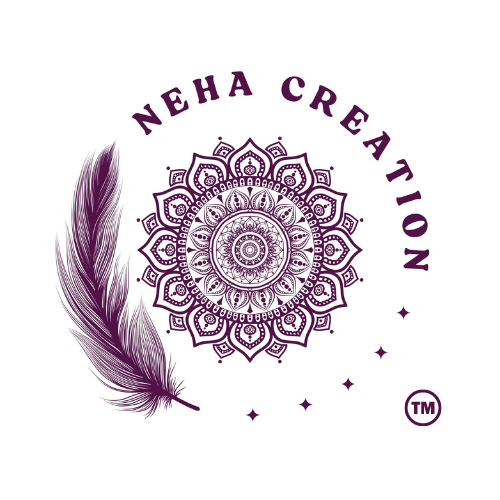Incorporating Kids mandala books into the school curriculum offers a multifaceted approach to children's development, blending creativity with cognitive and emotional growth. This integration not only enriches the educational experience but also aligns with contemporary educational goals that emphasize holistic development.
Understanding Mandalas
A mandala, originating from the Sanskrit word for "circle," is a geometric design symbolizing the universe in Hindu and Buddhist cultures. These intricate patterns have been utilized for centuries in various spiritual traditions as tools for meditation and self-reflection. In modern contexts, mandalas have transcended their spiritual roots to become valuable educational tools, particularly in art therapy and educational settings.
Benefits of Kids Mandala Books in Education
-
Enhancement of Fine Motor Skills
Engaging with mandala coloring requires precision and control, aiding in the development of fine motor skills. Children learn to handle coloring tools effectively, improving hand-eye coordination and dexterity. This practice is crucial for young learners as it lays the foundation for writing and other intricate tasks.
-
Promotion of Concentration and Focus
The intricate patterns of mandalas necessitate sustained attention, fostering children's ability to concentrate on tasks over extended periods. This improvement in focus can translate to better performance in academic subjects and other school activities.
-
Stimulation of Creativity and Imagination
Coloring mandalas encourages creative expression, allowing children to experiment with colors and patterns. This freedom nurtures imagination and artistic skills, contributing to overall cognitive development.
-
Stress Reduction and Emotional Well-being
Engaging in mandalas Coloring has been linked to stress relief and relaxation. This activity provides a calming effect, helping children manage anxiety and promoting emotional well-being.
-
Development of Patience and Perseverance
Creating a mandala requires time and effort, teaching children the value of patience and perseverance. These qualities are essential for personal growth and academic success.
-
Cultural Awareness and Appreciation
Introducing mandalas in education exposes children to cultural symbols and traditions, fostering global awareness and appreciation for diversity. This exposure enriches their understanding of the world and promotes inclusivity.
-
Support for Social-Emotional Learning (SEL)
Mandalas can be integrated into social-emotional learning programs, helping children explore their emotions and develop empathy. This creative process facilitates self-awareness and emotional regulation.
Implementing Kids Mandala Books in Schools
To effectively incorporate mandala coloring books into the curriculum, educators can consider the following strategies:
-
Art Classes: Introduce mandalas as part of art education, allowing students to explore various designs and create their own patterns.
-
Mindfulness Sessions: Use mandala coloring as a mindfulness activity to help students relax and focus, enhancing their readiness to learn.
-
Cultural Studies: Integrate mandalas into lessons on world cultures, discussing their origins and significance to promote cultural literacy.
-
Therapeutic Activities: Incorporate mandala coloring in counseling sessions to provide students with a non-verbal outlet for expressing emotions.
Conclusion
Integrating kids mandala books into the school curriculum offers numerous benefits, from enhancing fine motor skills to promoting emotional well-being. This holistic approach to education supports the development of well-rounded individuals equipped with the skills necessary for academic and personal success.
By embracing the art of mandalas, educators can provide students with valuable tools for creative expression, concentration, and cultural appreciation, enriching their educational journey.



